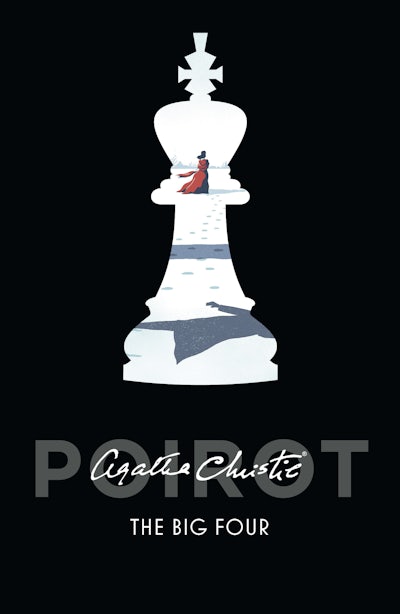The Big Four

Framed in the doorway of Poirot’s bedroom stood an uninvited guest, coated from head to foot in dust. The man’s gaunt face stared for a moment, then he swayed and fell. Who was he? Was he suffering from shock or just exhaustion? Above all, what was the significance of the figure 4, scribbled over and over again on a sheet of paper? Poirot finds himself plunged into a world of international intrigue, risking his life to uncover the truth about ‘Number Four’.
If one man does not make a move, the other must, and by permitting the adversary to make the attack one learns something about him.
More about this story
Poirot enters the world of international espionage in this novel created from a reworked collection of short stories. The original stories were published in 1924 and it was in 1926 that Agatha Christie, in need of a new book, gathered them together with the help of her brother-in-law and submitted them to her publisher.
It was finally published in 1927 but Christie was never truly satisfied with the novel and considered it among her least favourites, referring to it as “that rotten book”. Critics were similarly dubious about the new offering, concluding that she was not at her best, especially in light of the previous year’s The Murder of Roger Ackroyd, certainly a tough act to follow.
The story became a graphic novel in 2006, illustrated by Alain Paillou, and published in France. It was translated and published in English in the UK in 2007.
In 2013 The Big Four was adapted as part of the final series of Agatha Christie’s Poirot, which starred David Suchet and featured the return of Hastings (Hugh Fraser), Chief Inspector Japp (Philip Jackson) and added Miss Lemon (Pauline Moran), all played by the original actors. This was their reunion, as the supporting characters hadn’t been featured in the series for almost ten years.


 USA
USA 



